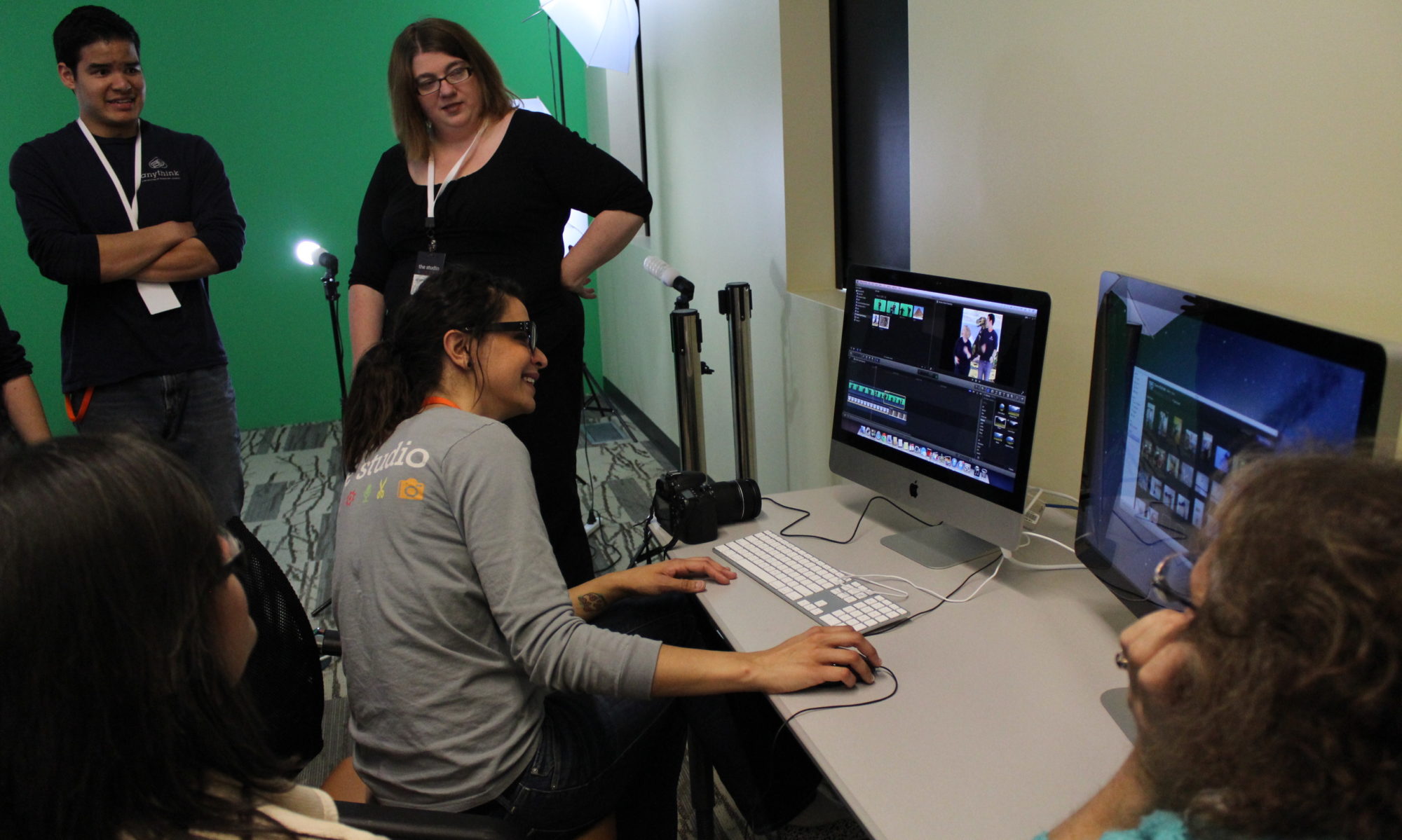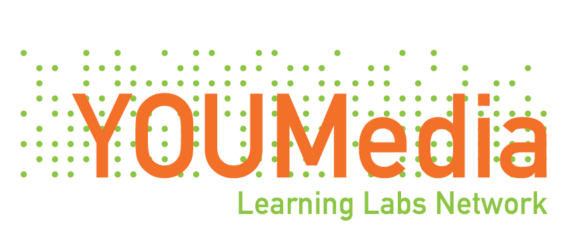How does a teen makerspace program relate to, and integrate with other more established departments in your library, like the children’s and adult department? And on a wider level, how does your program fit within the scope of your community and partner organizations? How does it relate to and learn from other similar library programs nationally? Finding Your Place describes the challenges around defining who you are and what services you provide, within your library and within your community.
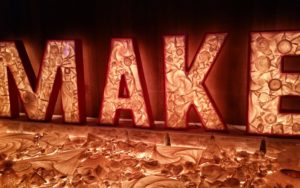 Site Visits – Opportunity for Growth and Community
Site Visits – Opportunity for Growth and Community
Running new and innovative library programming can sometimes feel like a daunting and mystifying task, especially when you feel like you are doing it in isolation. Staff involved with the Billings Public Library’s T.E.C.H. Lab had an opportunity to address this issue by paying a visit to The Mix at the San Francisco Public Library. How can we connect with other YOUmedia Learning Labs to enrich our own practice? How can we utilize this national community to gain context and support for our own work?
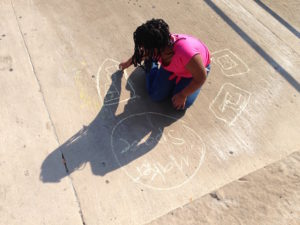 Collaboratively Defining Vision + Mission
Collaboratively Defining Vision + Mission
Three years after Maker Jawn’s inception at the Free Library of Philadelphia, we discovered a lack of clarity when thinking about the mission and values of our work. Our program was funded by a wide range of grants with different goals, took place across 5 sites with different spaces and needs, and faced constant Mentor turnover. How could we re-focus our practice and create clear guiding principles for our work?
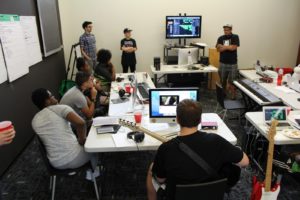 Anchoring in Community Relationships
Anchoring in Community Relationships
As The Labs @ Carnegie Library of Pittsburgh entered our post-emergent phase and mentors built consistent relationships with teens at our various programming sites, we identified a need to focus on depth rather than breadth of learning. When can we offer depth with our own program and staff, and when should we instead be a conduit that connects youth with organizations and opportunities beyond the library? How can learning labs help their institutions be responsive and reciprocal community anchors in their neighborhoods?
 Fitting Maker Programs Into the Wider Programming Structure
Fitting Maker Programs Into the Wider Programming Structure
After opening a digital learning lab and a makerspace, Anythink Libraries identified a need to connect programming in these spaces to the organization’s wider programming philosophy. By placing maker programming in context, Anythink created a unified vision allowing for quicker onboarding of staff and a smoother rollout to other sites and age groups.
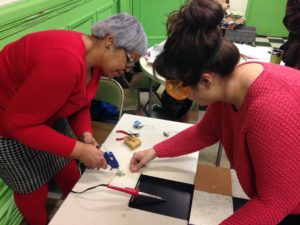 Becoming a Valued Resource in a Large Library System
Becoming a Valued Resource in a Large Library System
Maker Jawn takes place in just 5 of the Free Library of Philadelphia’s 54 sites. How can a small-scale program within a large institution be viewed as valuable resource for the whole library system? How can we effectively share our resources and skills through collaborations with other library staff and programs?
